Recruitment Analytics in Hiring| Data-Driven Recruitment Analysis
What is Recruitment Analytics?
Recruitment analytics is the use of data analysis and metrics to optimise and improve various aspects of the hiring process. It involves collecting, measuring, and analysing data related to job postings, candidate sourcing, applicant tracking, interview performance, and other recruitment activities. Recruitment analysis is supposed to provide insight to help organisations make decisions, enhance efficiency of the hiring process, eventually leading to hiring the right candidate for a job.
Why is Analytics recruitment important?
Recruitment analysis is important for several reasons:
Informed Decision-Making: Analysis recruitment helps organisations make decisions based on date, reducing reliance on gut feelings or intuition.
Cost Reduction: By optimising recruitment processes and identifying budgeted sourcing channels, it can lead to saving a lot of money.
Quality of Hires: Data analysis in recruitment can help identify the characteristics and attributes of successful hires, enabling organisations to find candidates who are the best fit for the role.
Time Efficiency: It can reduce time-to-fill rates by identifying bottlenecks and streamlining processes, meaning the positions will get filled quickly.
Diversity and Inclusion: It can aid in creating diverse and inclusive workforces by tracking and measuring diversity-related metrics.
Compliance: Data analysis in recruitment helps ensure compliance with legal and regulatory requirements, reducing the risk of legal issues.
The benefits of data analytics in recruitment

The benefits of using data analytics in recruitment include:
Improved Hiring Quality: It can identify the traits and qualifications of successful employees, leading to better hiring decisions.
Cost Savings: Optimization of recruitment processes can lead to reduced recruitment costs.
Faster Hiring: Data analytics in recruitment can pinpoint inefficiencies in the hiring process, leading to quicker time-to-fill rates.
Enhanced Diversity: Analytics can track diversity metrics, promoting more inclusive hiring practices.
Strategic Workforce Planning: Predictive Data analytics in recruitment can help organisations plan for future talent needs.
Better Candidate Experience: Data analysis can help improve the candidate experience, strengthening the employer brand.
Recruitment Analysis Best Practices
Here are some best practices for implementing recruitment analysis:
Define Clear Objectives: Clearly define the goals and objectives of your analytic efforts to ensure alignment with organisational priorities.
Data Quality: Ensure the accuracy and completeness of your data by regularly auditing and cleaning your data analytics in recruitment.
Use the Right Metrics: Select relevant key performance indicators (KPIs) that align with your recruitment goals, such as time-to-fill, cost-per-hire, and quality-of-hire metrics.
Invest in Technology: Use recruitment software and tools that support data collection, analysis, and reporting.
Data Privacy Compliance: Adhere to data privacy and security regulations when collecting and storing candidate data.
Regular Reporting: Generate regular reports and dashboards to track progress and share insights with stakeholders.
Feedback Loop: Establish a feedback loop with hiring managers and candidates to continually improve the recruitment process.
Training and Skill Development: Ensure that HR and recruitment teams have the necessary skills and training to effectively use recruitment analysis tools.
Adapt: Continually evaluate and adapt your recruitment analytics strategies to align with changing business needs and industry trends.
Join IDJF and Exhibit your Top Jobs! Register NOW!
Participate in the India Diversity Job Fair to connect with a diverse talent pool, including candidates with disabilities, women, LGBTQ+ candidates, war veterans, and women on a career break.
Frequently Asked Questions FAQ’s
Recruitment analysis is a data-driven approach to talent acquisition that uses data and metrics to optimise the hiring process. It differs from traditional recruitment methods by relying on data analysis to make informed decisions, improve efficiency, and enhance hiring outcomes, whereas traditional methods are based on manual processes and intuition.
Analytics helps in recruitment by providing insights and data-driven information that help optimise different parts of the hiring process like sourcing channels, candidate screening and selection, candidate experience, and making cost-effective decisions during the recruitment process.
Data analytics is the use of data analysis techniques and tools to make well-informed hiring decisions. Data analytics hiring helps identify patterns, trends, and insights within recruitment data to improve the quality, reduce costs, and streamline the hiring process. It’s a data-driven approach to talent acquisition.



